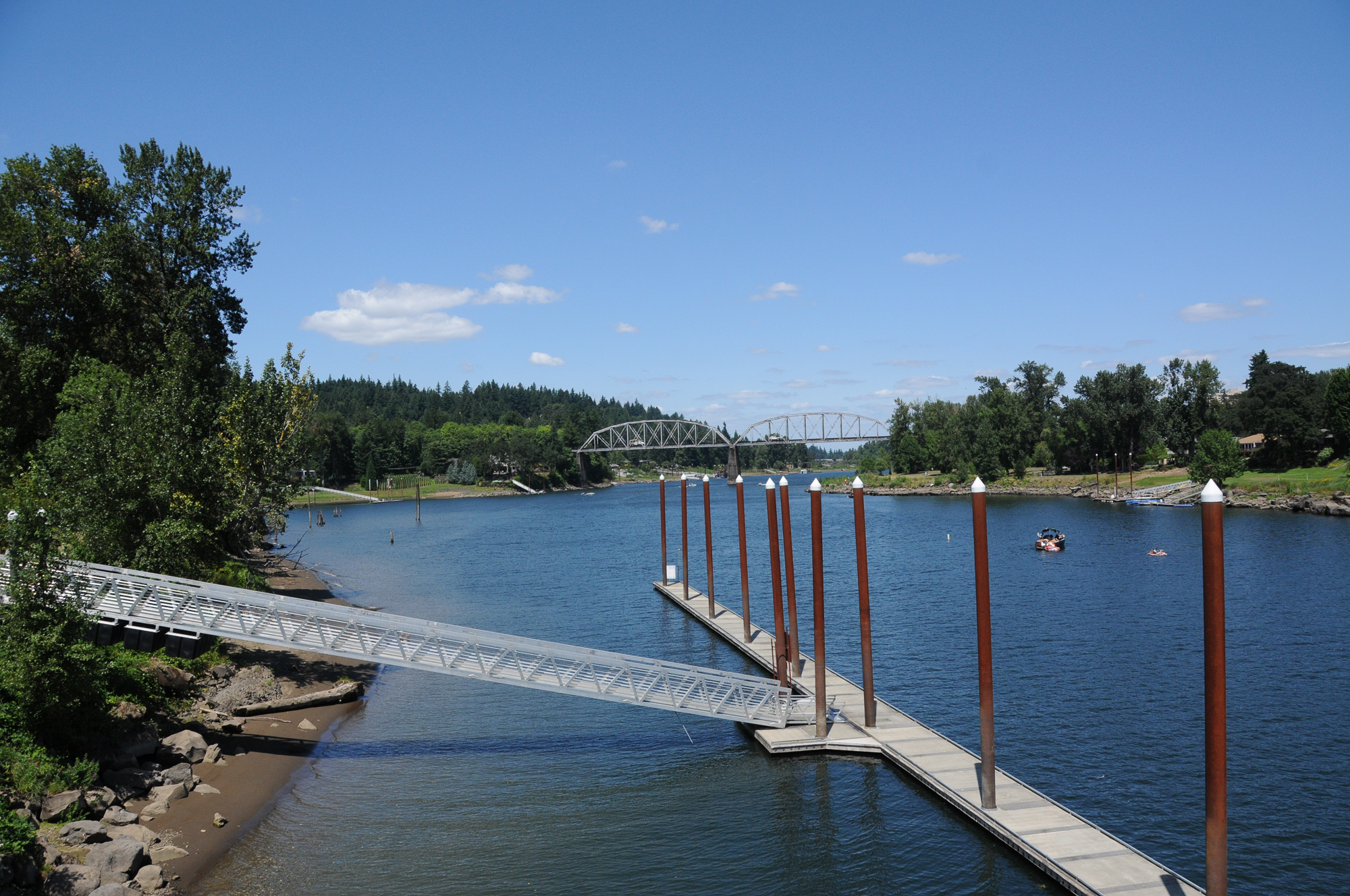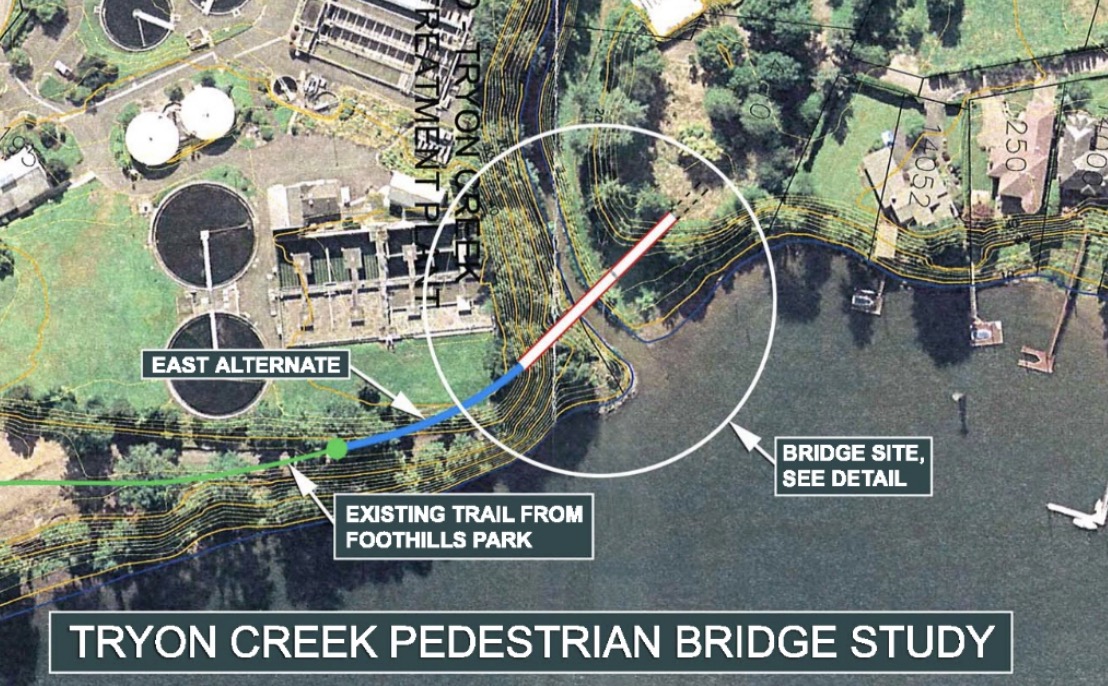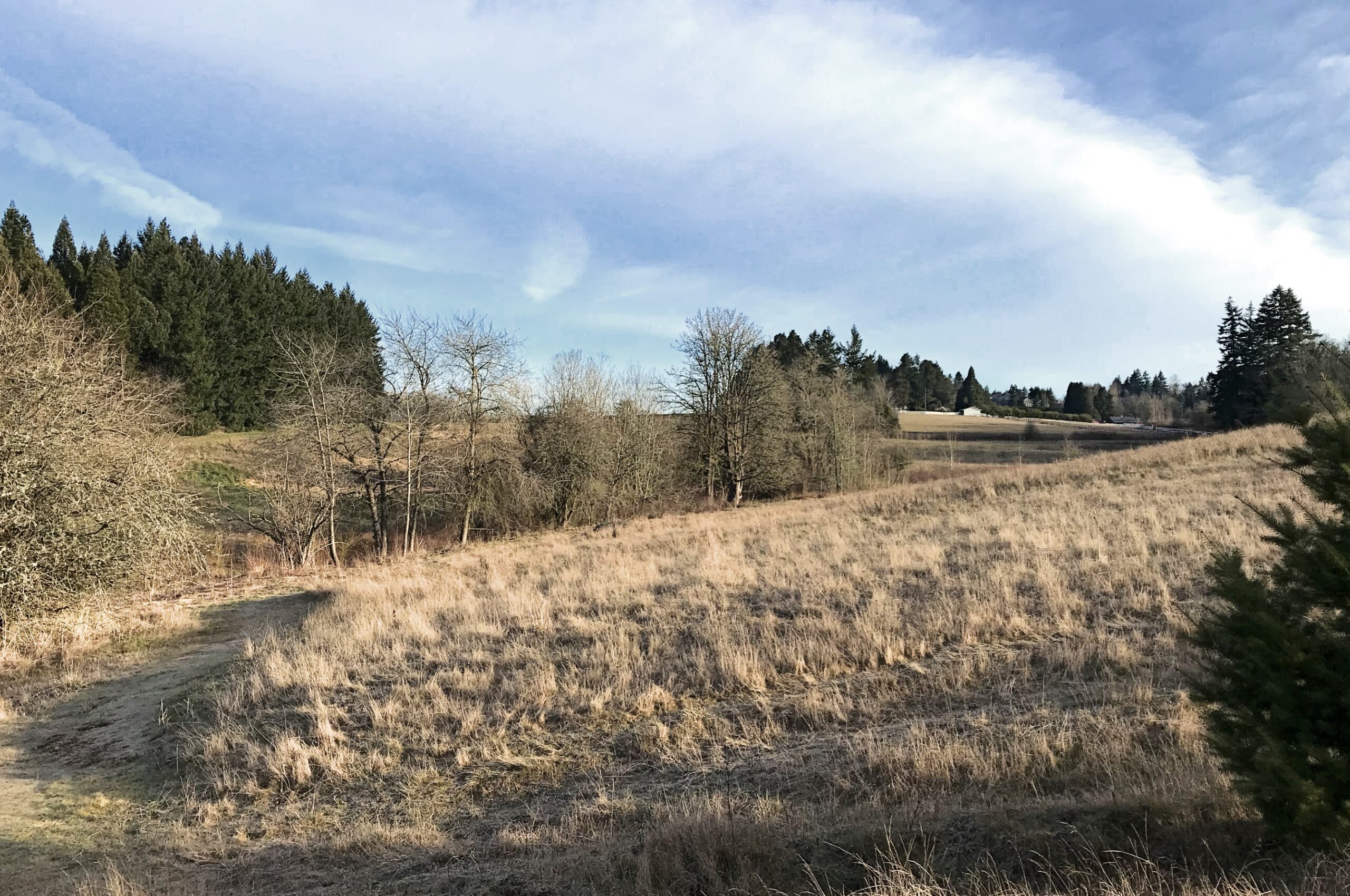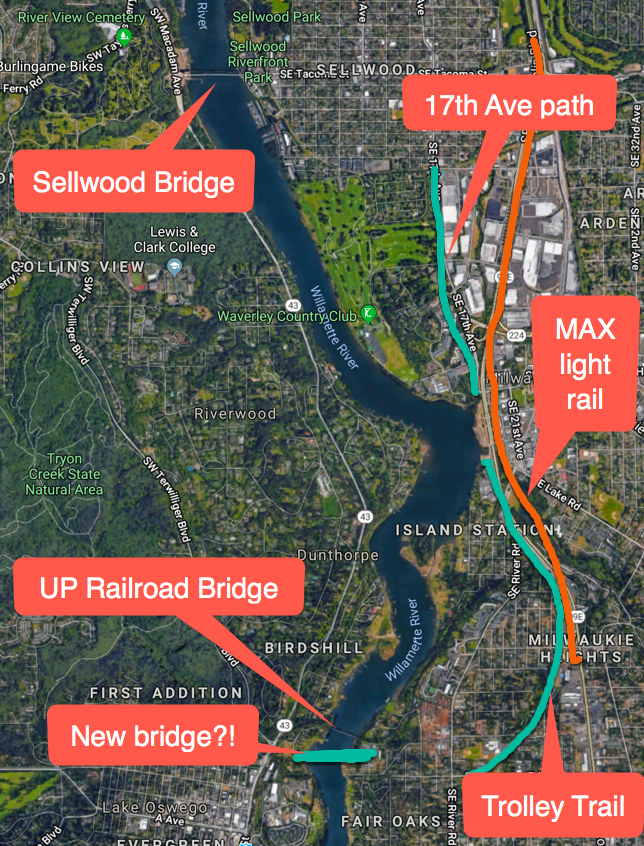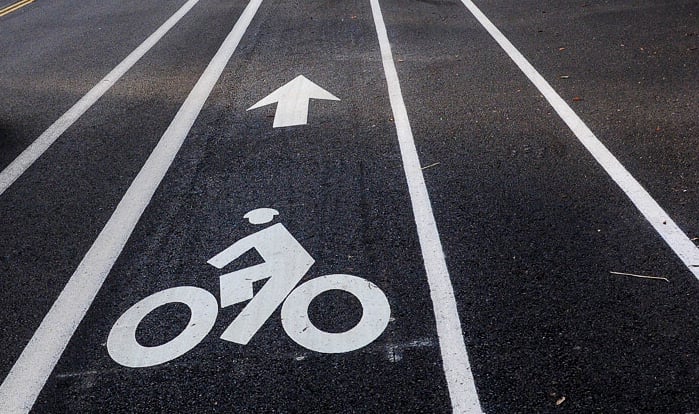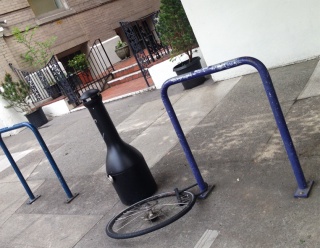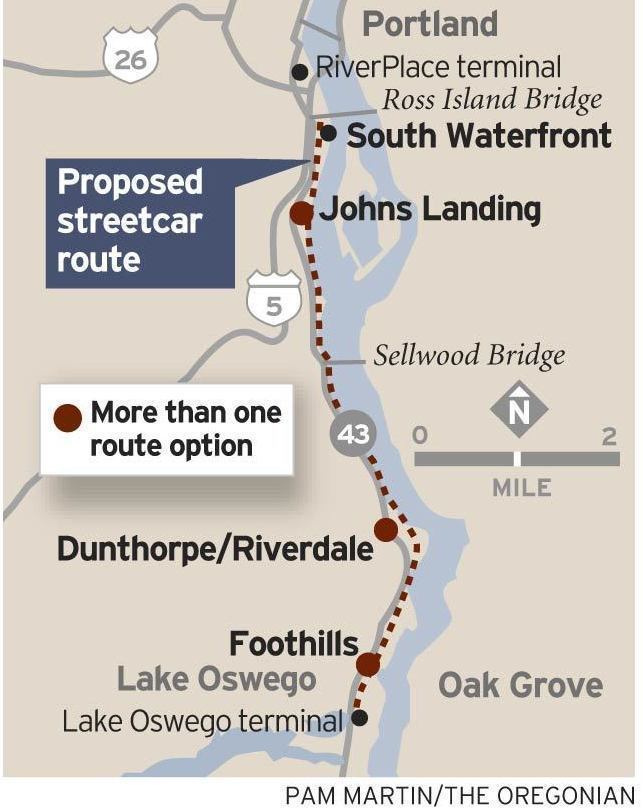lake oswego
Time to weigh in on future carfree bridge between Oak Grove and Lake Oswego
The bridge would give bicycle users their only Willamette crossing between Sellwood and Oregon City.
Portland set to adopt Tryon Creek Cove Trail Master Plan
They went with the cheapest, easiest option.
Luscher Farm trail plan would create off-road riding opportunities in Lake Oswego
Trails at Luscher Farm in Lake Oswego
New bridge over Willamette River would connect Lake Oswego to Milwaukie
It would be the cherry on top of the southern strategy.
Lake Oswego city council revives concept of bike path on old trolleyway
This time, the idea is being driven by Lake Oswego City Council member Jeff Gudman.
Major bike-fencing operation operates out of two Portland buildings, Lake Oswego police say
Fencing operations for stolen bicycles are currently operating out of two downtown Portland buildings, Lake Oswego police say.
No streetcar to Lake Oswego? How about a bikeway?
Could the route for the streetcarbecome a bicycle highway?(Image: Metro) After what the Oregonian called “persistent doubts from suburban taxpayers and a wealthy enclave of homeowners” the Lake Oswego streetcar project is on the rocks. Concerns about construction and operating costs of the streetcar were the reasons for its demise, but over $2 million has … Read more



